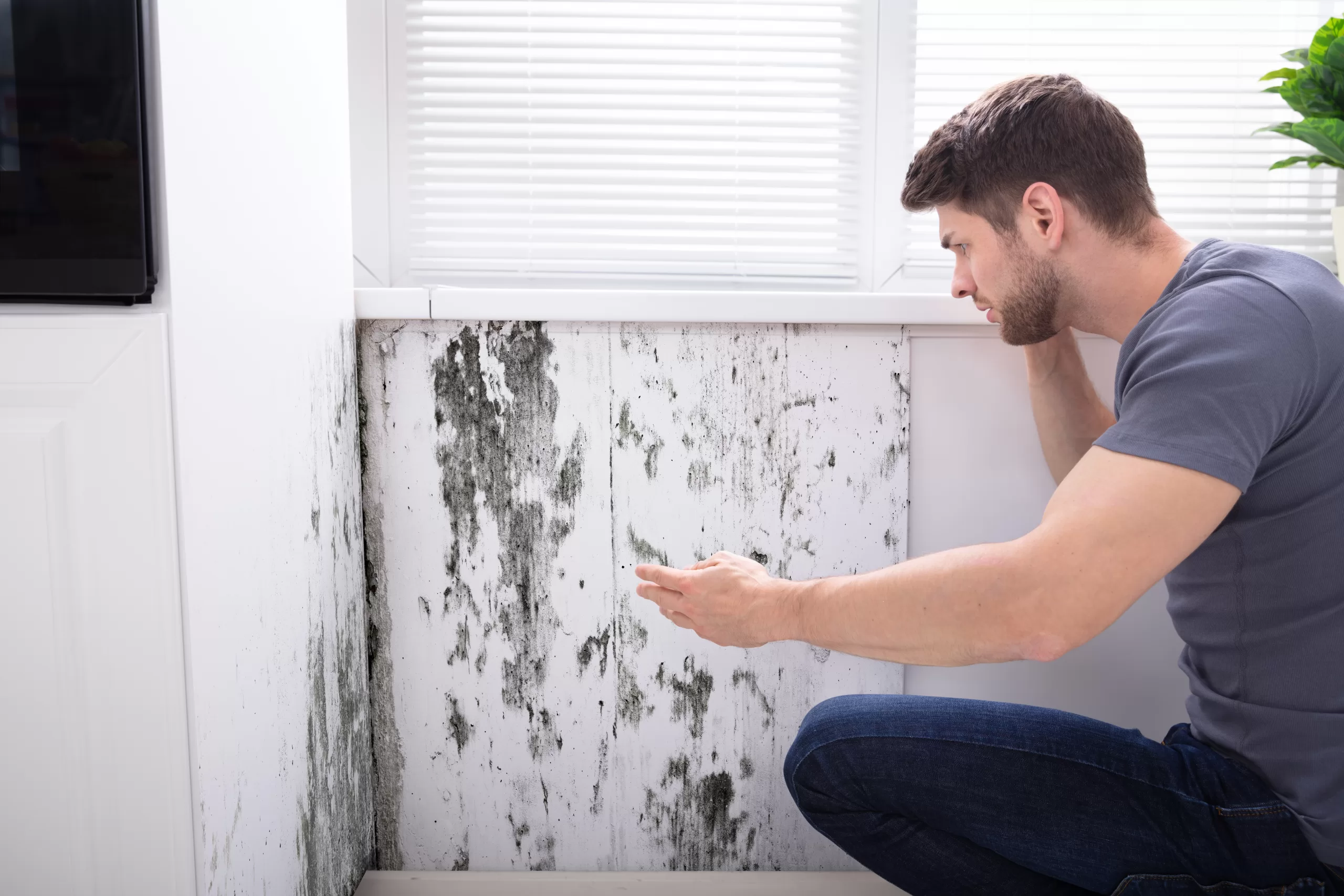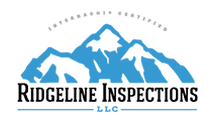Microbial growth can cause serious issues for home structures and human health. See below for mold remediation/removal methods.
A basic understanding of mold: Mold had three parts –roots (under the surface), plants (on the surface), and the spores (airborne that can settle on surfaces and cause health problems). Mold can be removed from non-porous surfaces with products like hydrogen peroxide or soap and water because the roots cannot grow into the material, but removal from porous material (wood, drywall, etc) is more difficult. The only substances (chemicals) which have been found to effectively “kill” the entire organism are more harmful than the mold itself, so the roots must be physically removed.
1. Removal by IICRC (Institute for Inspection, Cleaning, and Restoration Certification) Standards: This is complete removal of the mold roots, usually done by either professionally sanding down the area or cutting out the affected material. This is the standard we recommend, and is the only way to guarantee that the plants/spores won’t continue to grow from the roots.
2. Dry Fogging: This is a relatively new method of mold remediation, and it has not been accredited with the IICRC certification. It involves removing the airborne spores and killing the surface growth (plant). However, the roots will go right back to growing new plants and spores again (sometimes very quickly) as soon as humidity levels rise again (approximately 60% relative humidity or 20% material moisture saturation). If the dry fogging method is chosen, it is important to remember that it does not meet the IICRC standards and the roots of the mold are still present in the material. If the area is not kept very dry and well ventilated then the issue will present itself again in the future.
3. Other ideas such as treating it with bleach or special paint: These methods are common, especially among homeowners who want to keep costs low and do it themselves. However they don’t remove or neutralize the roots, plants, or spores, and at best just cover it up for a while.
Post-remediation: After properly remediating the current microbial growth, it is important to correct the conditions under which it grew to begin with. This includes making sure the area is dry (repair any leaks, condensation, etc) and well ventilated (installation of additional ventilation may be needed).


Recent Comments